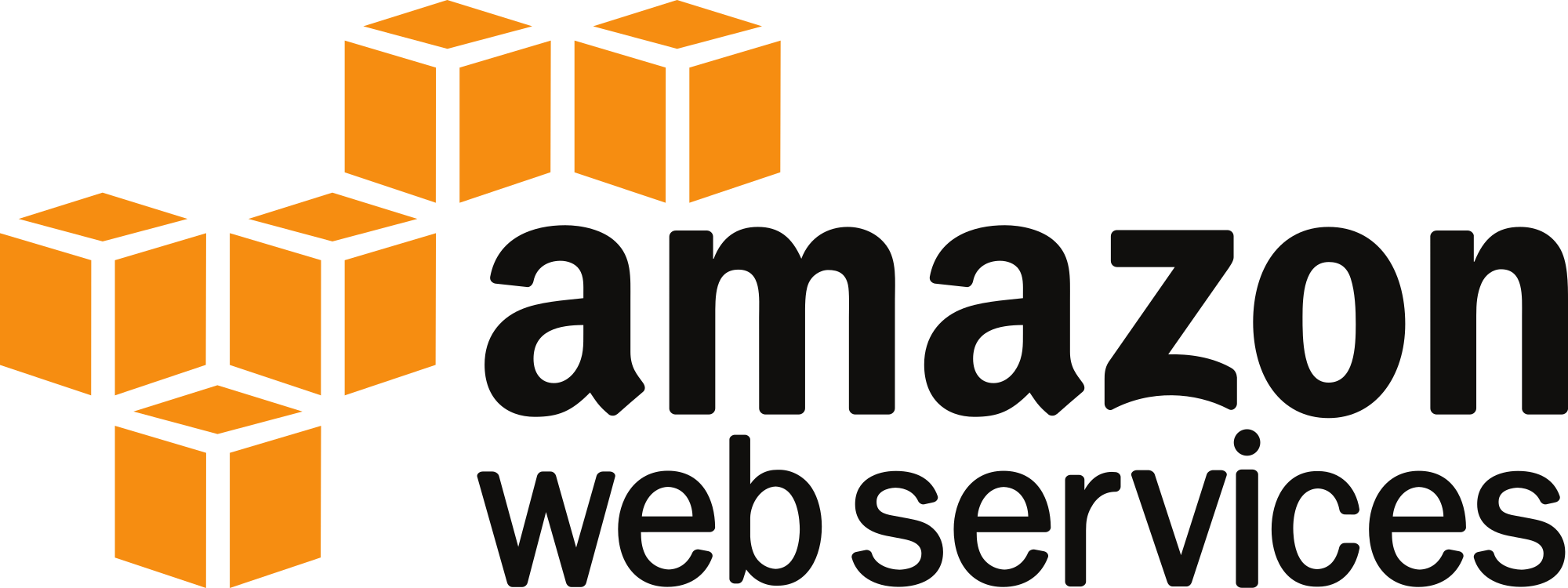Updates: Please read about the latest changes and the logistics of the second round here.
This challenge is over but you can checkout the latest version at NIPS 2018.
Welcome to Learning to Run, one of the 5 official challenges in the NIPS 2017 Competition Track. In this competition, you are tasked with developing a controller to enable a physiologically-based human model to navigate a complex obstacle course as quickly as possible. You are provided with a human musculoskeletal model and a physics-based simulation environment where you can synthesise physically and physiologically accurate motion. Potential obstacles include external obstacles like steps or a slippery floor, along with internal obstacles like muscle weakness or motor noise. You are scored based on the distance you travel through the obstacle course in a set amount of time.
📝 Introduction
The objectives of this challenge are:
- Bring Deep Reinforcement Learning to solve problems in medicine,
- Promote open-source tools in RL research (the physics simulator, the RL environment, and the competition platform are all open-source),
- Encourage RL research in computationally complex environments, with stochasticity and highly-dimensional action spaces.
Follow the instructions in the Getting Started guide in the Dataset section of the challenge and visit the github repo to get started!


🧪 Evaluation
Your task is to build a function f which takes the current state observation (a 41-dimensional vector) and returns the muscle excitations action (18-dimensional vector) in a way that maximises the reward. Your total reward is the position of the pelvis on the x-axis after the last iteration, minus a penalty for using ligament forces. Ligaments are tissues which prevent your joints from bending too much - overusing these tissues leads to injuries, so we want to avoid it. The penalty in the total reward is equal to the sum of forces generated by ligaments over the trial, divided by 1000. For details on evaluation, please refer to the Getting Started guide in the Dataset section of the challenge.
📚 Resources
Please refer to the Getting Started guide in the Dataset section of the challenge for more details on how to access the challenge environments and also for a basic tutorial on how to make your first submission.
We are in the process of compiling the book chapter for the Book on the NIPS Challenge Track this year. But in the meantime, here are some interesting articles and blog posts written by participants :
- https://medium.com/mlreview/our-nips-2017-learning-to-run-approach-b80a295d3bb5
- https://arxiv.org/abs/1711.06922
- https://medium.com/@scitator/run-skeleton-run-3rd-place-solution-for-nips-2017-learning-to-run-207f9cc341f8
🏆 Prizes
The challenge features high-performance hardware and cloud computing credits for top participants.
Grand Prizes
🥇 First Place – NVIDIA DGX Station™
NVIDIA DGX Station™ is the fastest personal supercomputer designed for researchers and data scientists.
🥈 Second Place – NVIDIA Titan Xp
🥉 Third Place – NVIDIA Titan Xp
☁️ Computing Support
Amazon AWS has generously supported the challenge with $30,000 worth of cloud credits.
The top 100 performers on the leaderboard as of 13th August 2017, 23:59:59 UTC each received $300 in AWS credits.
🎁 Additional Rewards
-
✍️ Invitation to publish in the NIPS Competition Book
-
🎤 Invitation to speak at the 2nd Applied Machine Learning Days, EPFL, Switzerland (29–30 January 2018) – travel and accommodation covered
-
🎓 Invitation to give a research talk at Stanford University – travel and accommodation covered
-
✈️ Reimbursement of travel and accommodation for NIPS 2017
📬 Contact us
- Technical issues : https://github.com/stanfordnmbl/osim-rl/issues
- Discussion Forum : https://www.crowdai.org/challenges/nips-2017-learning-to-run/topics
We strongly encourage you to use the public channels mentioned above for communications between the participants and the organisers. In extreme cases, if there are any queries or comments that you would like to make using a private communication channel, then you can send us an email at :
🤝 PARTNERS
Sponsors
Media
Participants
























 Continue with Google
Continue with Google
 Sign Up with Email
Sign Up with Email